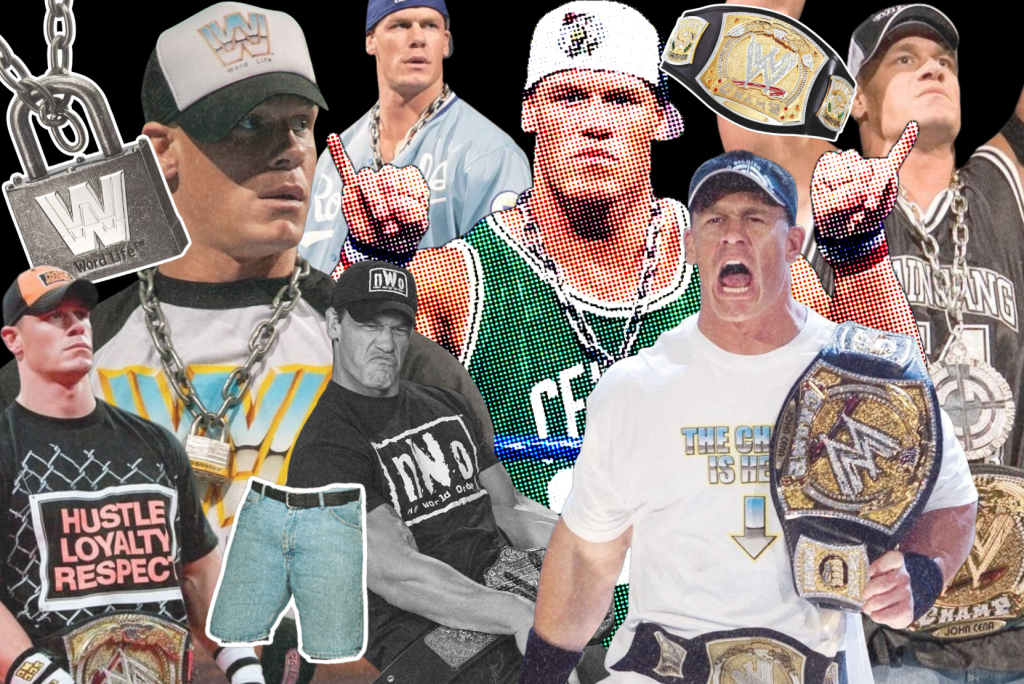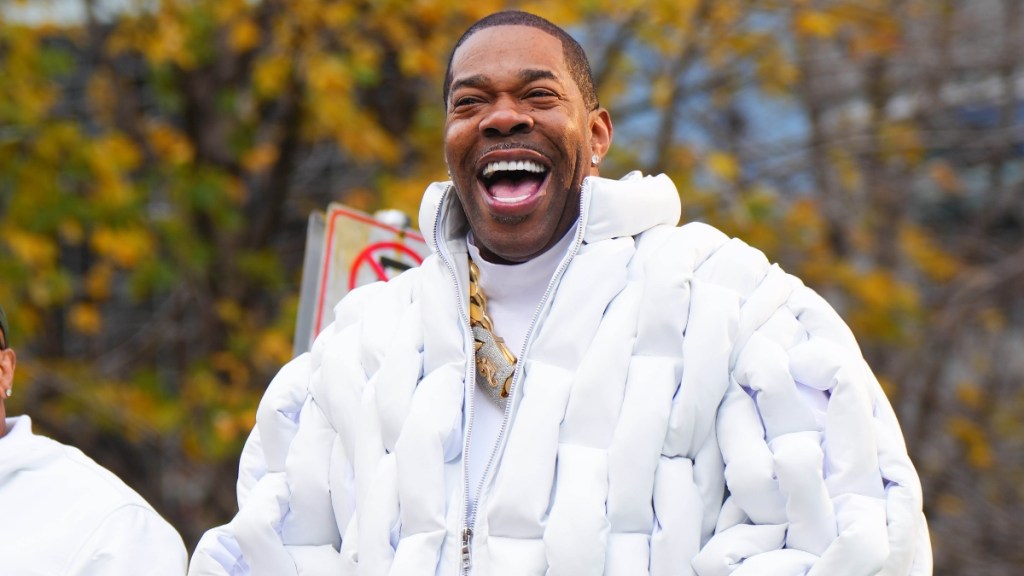
Photos courtesy Larry Travis
As the roiling international fury over the death of Cecil the lion simmers down to a slow boil, big-game hunters in Canada are quietly gearing up for the upcoming opening of grizzly bear season.
The death of the 13-year-old protected lion, hunted by now-infamous Minnesota dentist Walter Palmer in Zimbabwe’s Hwange national park last month, ignited a wave of outrage across the globe.
Videos by VICE
Though the controversy around trophy hunting in Canada has not reached the same international level, it is into an atmosphere of increased scrutiny that hunters and guide outfitters enter grizzly bear season, which opened in selected areas in the northeast of British Columbia on August 15.
Approximately 300 grizzlies are hunted each year in a limited-entry hunt managed through the Ministry of Forests, Lands, and Natural Resource Operations.
The issue has long pitted environmentalists, tour guides, members of First Nations, and even other hunters against trophy hunters and their guides, who in turn feel they are being attacked for simply trying to make a living.
For longtime hunter and guide outfitter Kiff Covert, the outrage around Cecil’s death seems to be more oriented around emotion than the sustainability of a species.
“Why do we personify an animal because it has a name and people take pictures of it? The wilderness isn’t exactly a friendly, nice place. With grizzly bears, it’s because they’re beautiful and people think they’re amazing, but if they were ugly and had no hair and killed people every day, everyone would want us to shoot them,” he said.
As owner-operator of Covert Outfitting, Covert takes hunters out for one-on-one grizzly bear excursions that can run anywhere from $14,900 to $19,900. Their hunts stay within what he describes as a sustainable range recommended by the province that is within the 3 to 5 percent range of the current bear population, he said.
Of this amount, they often take male grizzlies and older bears, he claims, which helps keep the population in check with the carrying capacity of the land.
“It’s hard not to like them. That’s why I do this for a living—when you’re out there, it’s amazing to see them. But as a hunter you’re born with an instinct. For a lot of people it’s just something that’s in them,” he says.
Covert was raised in Kelowna, but says he has felt deeply drawn to hunting since he was a child, and started guide outfitting in 2007.
“A lot of people think it’s total insanity but it’s not. Maybe it’s insanity living in the top of a skyscraper in downtown Vancouver, and having no idea what nature is or where our food comes from,” he said.
Brian Falconer, who grew up in a hunting family in Saskatchewan, spends approximately seven months of his year on the ocean and on the verdant riverbanks of the Great Bear Rainforest, conducting research on grizzlies and marine mammals.
Though not opposed to hunting in general, he finds trophy hunting to be “grotesque.”
As a marine operations coordinator with the BC Raincoast Conservation Foundation, a nonprofit research and public education organization, he has been devoted to fighting the grizzly hunt over the past decade.
Much of Raincoast’s work centers on filling in the gaps of government-funded research, says Falconer, and though it’s undeniable that emotion certainly comes into his work, he prefers to frame his argument in ethical, ecological, and economic terms.
Just because the population can possibly sustain a hunt doesn’t mean it’s ethical, he argues.
“There’s a harvestable biological surplus of human beings as well, but we don’t have an open season on them. We don’t even have a limited-entry hunt where you can draw to kill a human being. All those same scientific facts would apply,” he said. “Science gives us information about things, it doesn’t give us permission.”
It appears he’s not alone in these sentiments: Two years ago, Vancouver-based research firm Insights West conducted a poll that found though 73 percent of those surveyed supported the hunt of animals for food, only 10 percent supported trophy hunting.
However, even the scientific foundation that a grizzly hunt can be supported ecologically is shaky, Falconer says.
“The ministry always argues that their hunting management strategy is based on their best available science but it’s not, it’s their best available guess,” he adds.
One example of this is mortality rates, which are highly difficult to gauge, he argues, saying there’s no ecological basis to justify the removal of top predators in an ecosystem.
To illustrate his point, he cites a number of environmental checks and balances that regulate bear populations naturally, particularly the availability of salmon.
It’s also not true that many hunters only take old or male bears, he says.
“Despite the fact that you’re not supposed to shoot female grizzlies, on average 35 percent of the reported kills are females. These numbers are not disputed,” says Falconer. This statistic is based on the government’s own kill records, which were revealed only after a four-year Freedom of Information request battle between Raincoast and the province that ended up in BC’s Supreme Court.
In 2012, ten First Nations on the north and central coasts of BC joined forces to inform trophy hunters in no uncertain terms that grizzly hunting was no longer permitted in their territory.
Though ongoing enforcement is tricky, this ban serves to represent the sentiments of many Indigenous Canadians when it comes to hunting for sport, said Doug Neasloss, chief of the Kitasoo/Xai’xais Nation, whose territory is unceded.
“Culturally, it’s just unacceptable. In my culture, if you’re going to shoot something, you use all of it,” said Neasloss, who is the lead guide at the Spirit Bear Adventure Lodge, located in the coastal village of Klemtu, BC. “Quite often when we’re out in the field, we have tourists here from all over the world go to an area and we’ll come across a dead bear… Where the trophy hunters come in and just chop off its head and chop off its paws and leave the rest of the bear there to rot.”
Cultural objections aside, the hunt is also at odds with the booming bear-watching tours his nation is engaged in, said Neasloss.
The second-largest industry in their community, the Spirit Bear Adventure Lodge employs 45 people (in a community of about 500) and is already booked through to the end of next fall. They conduct an average of 300 tours a year for tourists who come from all over the globe to view grizzlies, especially the rare white Kermode or Spirit Bear.
“I think the new, younger generation now are starting to look at new, long-term sustainable industries, and it’s right in line with First Nations values of respecting the land,” he said. “We can essentially run a business there without using anything, without extracting anything.
“You’re not taking out the fish, you’re not taking out the trees, and you’re taking these tourists out who only shoot bears with cameras. It’s tying our people back to the land again.”
Follow Julie Chadwick on Twitter.
More
From VICE
-

Photo by Miriam Espacio on Pexe -

-

Images by WWE / Collage by Haley Miller -

XNY/Star Max/GC Images